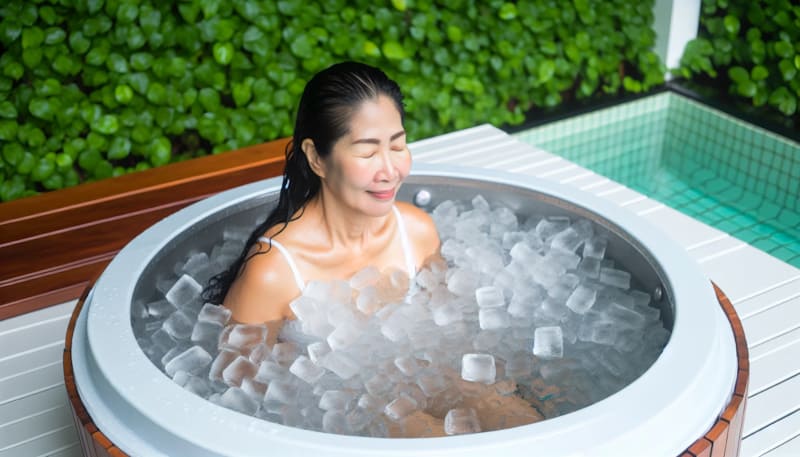Building Your Own Cold Plunge Pool: A Step-by-Step Guide
Taking a dip in a cold plunge pool offers numerous health benefits, such as improved circulation, boosted immune function, and enhanced mental clarity. With the rising popularity of cold therapy, many people are exploring the option of building a DIY cold plunge pool at home. This guide will lead you through each step of the process.
Understanding Cold Plunge Pools
Cold plunge pools are small pools filled with water kept at cold temperatures, often used for brief immersions. The cold water can reduce inflammation, enhance mood by releasing endorphins, and support recovery for athletes. Some even find it helps with weight loss by slightly boosting metabolism.
Why Build A DIY Cold Plunge Pool? One of the main reasons to build your own cold plunge pool is cost savings. Commercial cold plunge pools can be expensive, while a DIY version allows for budget-friendly customization. You can choose the size, shape, and features that best suit your needs and space. Additionally, building your own pool provides a sense of accomplishment and ensures the pool is tailored to your preferences. For those looking to save money, researching the cheapest cold plunge options available can help keep costs down while still achieving the desired results.
Planning Your Cold Plunge Pool
When planning your DIY cold plunge pool, consider factors like location, size, and permits. Choose a spot that is accessible and aesthetically pleasing, with a reliable water source for filling and maintaining the pool. Research local building regulations to ensure compliance and safety.
Choosing The Right Pool Type
There are various types of cold plunge pools you can build. For smaller spaces, a cold plunge tub is ideal. If you have more room, consider a stock tank or even an in-ground pool. Wooden barrels can offer a rustic look, while using ICF blocks for an in-ground pool allows for greater design flexibility.
Materials And Tools Needed
The materials needed depend on the type of pool you choose. Common materials include wood, concrete, and PVC piping. You'll also need tools like a saw, drill, spirit level, and measuring tape. High-quality pond liners or insulation materials are essential to maintain the cold temperature and ensure the pool is watertight.
Building Your Cold Plunge Pool
Start by preparing the site and building a solid foundation. Construct the pool walls using your chosen materials, ensuring they are waterproof and cold-resistant. Install a chiller to maintain the cold temperature, and include insulation to reduce energy consumption. A good drainage and filtration system is crucial to keep the water clean and safe Regular maintenance is key to ensuring your pool remains safe and hygienic. Drain the pool regularly for cleaning, monitor pH levels, and use proper chemicals to prevent bacteria growth. A filtration system will help keep the water clear, and regularly removing debris will maintain cleanliness.
Health Benefits Of Cold Plunge Pools
Cold plunge pools offer numerous benefits, including reducing inflammation, improving circulation, boosting mood, and aiding in muscle recovery. The cold therapy can also enhance mental clarity and contribute to better sleep by regulating body temperature. By researching the cheapest cold plunge options and following these steps, you can create a rejuvenating cold plunge pool at home, reaping the many wellness benefits it offers while enjoying the satisfaction of a DIY project.
